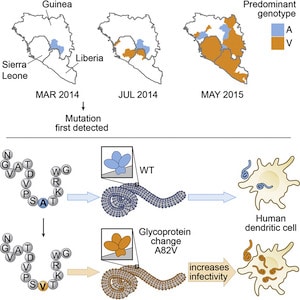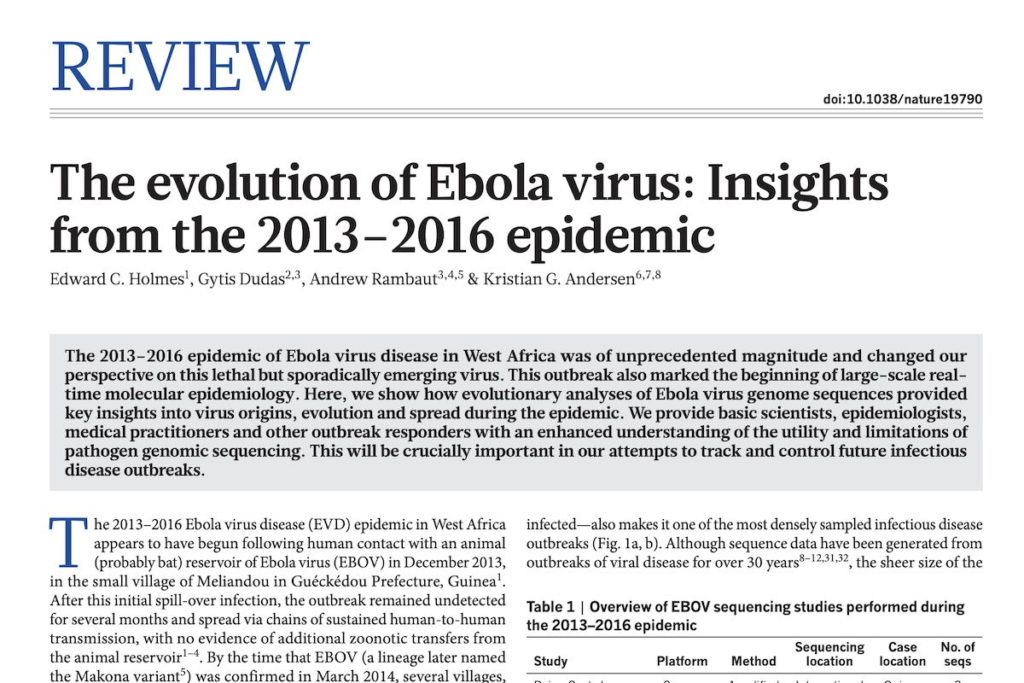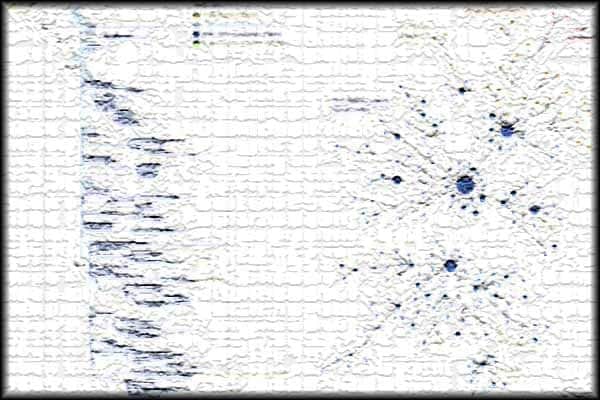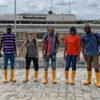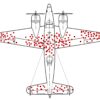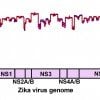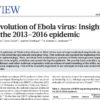
New analysis by scientists at Scripps Research and University of Brussels finds that climate change and other factors could soon make deadly Lassa fever a much bigger public health problem in Africa. In the study, which appeared on September 27, 2022, in Nature Communications, scientists analyzed decades of environmental data associated with Lassa virus outbreaks, revealing temperature, rainfall and the presence…
Kristian AndersenOctober 3, 2022



